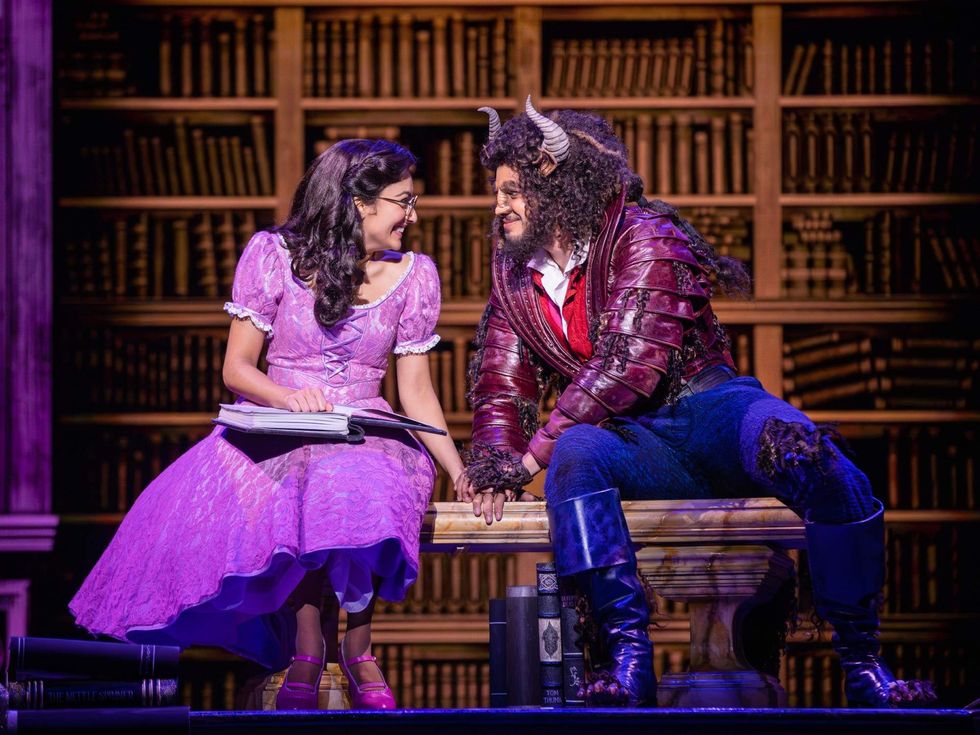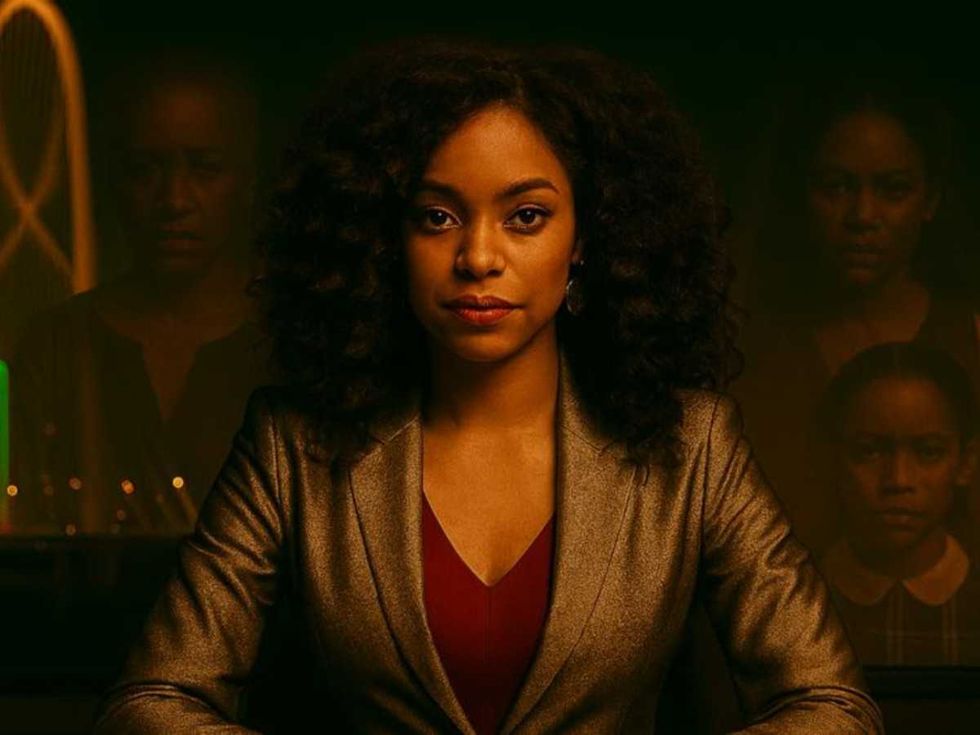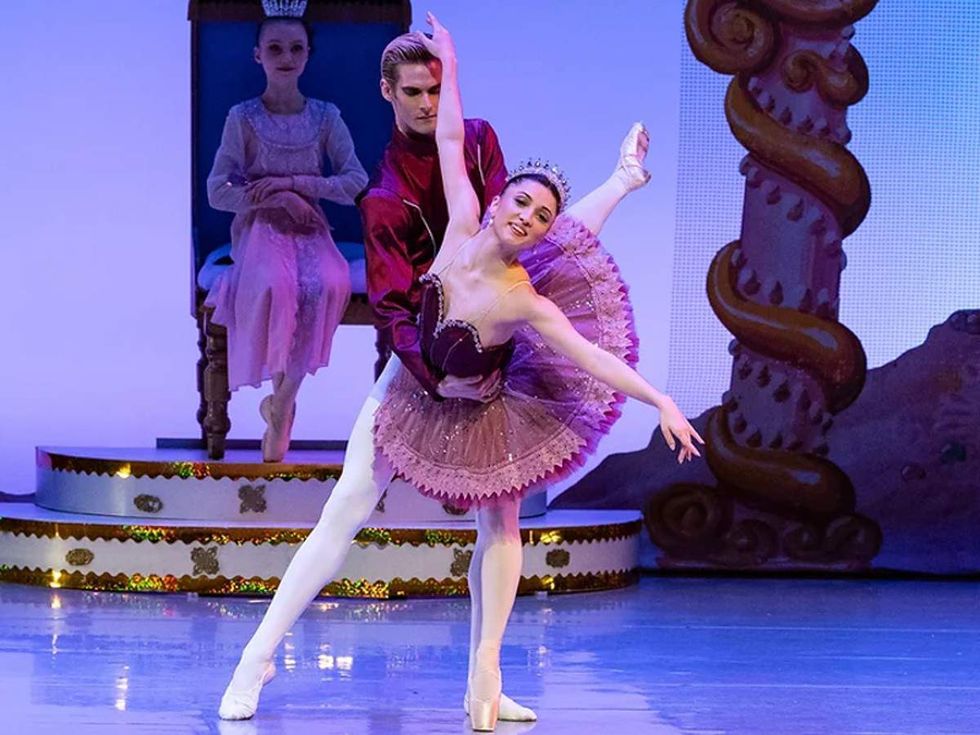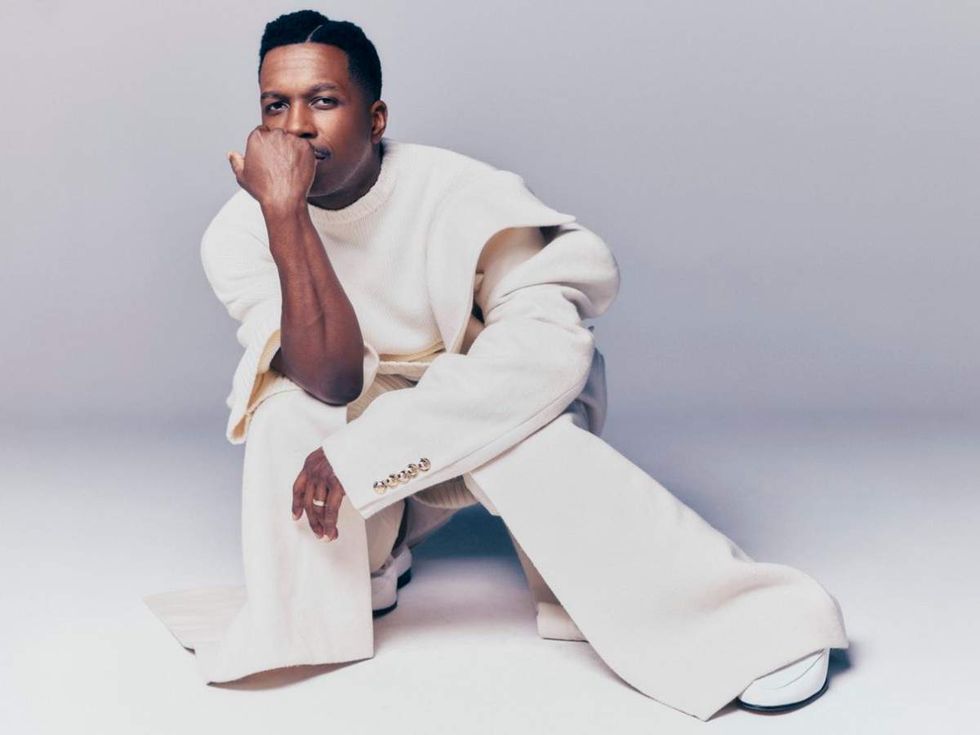The weekend before Christmas is - surprise, surprise! - filled with all sorts of new holiday events to enjoy, including two Nutcrackers, two local theater productions, six concerts, a classic film screening, and a special drag queen show. Other choices include an appearance by a huge comedian, the national tour of a Broadway musical, another local theater production, and two postseason college football games.
Below are the best ways to spend your free time this weekend. If you want more options, check out the calendar for an even longer list of the city's best events. For a big list of the best Christmas lights, go here.
Thursday, December 18
Punch Line Irving presents Dave Chappelle
The new Punch Line Irving comedy club is making its debut this week, and what better way to open than with one of the greatest comedians of all time, Dave Chappelle. The 2019 recipient of the Mark Twain Prize for American Humor has earned more than 30 nominations and awards in television and film, including for his groundbreaking sketch comedy television series, Chappelle’s Show, comedy specials, and guest appearances on Saturday Night Live. He'll perform twice on Thursday.
World Ballet Company presents The Nutcracker
This Nutcracker isn’t just a ballet - it’s an experience. It begins with the sparkle of a family Christmas party, where magic lingers just out of sight. A mysterious gift. A flicker of imagination. And then, everything changes. The tree grows. The room disappears. The battle begins. Suddenly, the audience is in the middle of a midnight clash between toy soldiers and a mouse army, led by a brave girl and her enchanted Nutcracker Prince. The performance takes place at Majestic Theatre.
Urban Arts Collective presents An Oak Cliff Carol: An Urban Ghost Story
Essence Scrooge has built a booming beauty empire - but her success came at a cost. Cold-hearted and cutthroat, she’s lost touch with her community and compassion. That is, until one unforgettable Christmas Eve, when three spirited guides from Oak Cliff appear to take her on a soulful journey through her past, present, and future. Blending the heart of Dickens’ A Christmas Carol with the rich sounds of R&B, gospel, and soul, An Oak Cliff Carol is a bold reimagining of a holiday classic. The production takes place at Bryant Hall in the Kalita Humphreys Theater complex through Sunday.
Dallas Symphony Orchestra presents Christmas Pops
In Christmas Pops, guest conductor Lawrence Loh, along with two vocalists - soprano Jasmine Habersham and baritone Reginald Smith, Jr. - return to sing seasonal favorites for the holidays. Making things even more festive are the Dallas Symphony Chorus and Children’s Chorus. There will also be an audience sing-along and an appearance by the Jolly Old Elf, aka Santa Claus. There will be five performances through Sunday at Meyerson Symphony Center.
Broadway Dallas presents Disney's Beauty and the Beast
Disney’s 30th Anniversary production of Beauty and the Beast is a breathtaking musical filled with the romance and grandeur. The enchanting and timeless tale has been brought to life like never before, with spectacular new sets and dazzling costumes. The show boasts the Oscar-winning and Tony Award-nominated score, including the classic songs “Be Our Guest” and “Beauty and the Beast.” It runs through January 4 at the Music Hall at Fair Park.
Xbox Bowl: Missouri State vs. Arkansas State
Dallas-Fort Worth can lay claim to being the center of college football bowl season, with no fewer than five different games taking place in the area, including one of the quarterfinals in the College Football Playoff. That run gets started with the brand-new Xbox Bowl, featuring a matchup between the Missouri State Bears of Conference USA and Arkansas State Red Wolves of the Sun Belt Conference. The game takes place at The Star in Frisco.
Pegasus Theatre presents MacMurder!
Harry Hunsacker and his paid-by-the-hour assistant, Nigel Grouse, must join forces to solve a murder in the Scottish Highlands. The stakes couldn’t be higher, as the mysterious murderer sets sights on Harry himself. Can Nigel solve this mystery, save his friend, and find true love in the arms of the mysterious novelist who wanders the grounds of the estate? MacMurder! is the latest in the series of comedy murder-mysteries by Pegasus Theatre founder Kurt Kleinmann, produced in their unique Living Black & White® style, which recreate the look and feel of classic black-and-white films through a unique combination of makeup, costumes, lighting, and set design. The production runs through January 4 at Addison Performing Arts Centre.
Friday, December 19
Majestic Theatre presents It's a Wonderful Life
Frank Capra's holiday classic features Donna Reed and Jimmy Stewart in a touching tale of hope and compassion. Stewart stars as George Bailey, a depressed businessman who is saved at the last minute by a guardian angel who shows him what life would be like if he weren't around. One of Capra's most beloved and enduring films, It's a Wonderful Life earned five Academy Award nominations, including Best Picture. The screening takes place at Majestic Theatre.
Repertory Company Theatre presents It's a Wonderful Life
If you'd like to see what the film looks like with live actors, you can also see this theater production from Repertory Company Theatre. Part of its Courtyard Theater Series, this adaptation of the cherished and uplifting tale allows George Bailey to share the lesson taught by his guardian angel - that we all can make a difference … that all lives matter. There will be four performances through Sunday at Courtyard Theater in Plano.
AT&T Performing Arts Center presents A Soulful Christmas with Kem
R&B singer/songwriter and author Kem will present a festive evening of holiday cheer and soulful music. He has released six albums in his career, including the 2012 Christmas album, What Christmas Means. Kem will perform for one night only at Winspear Opera House.
Murray & Peter present A Drag Queen Christmas
A Drag Queen Christmas, hosted by Nina West, is the longest-running drag tour in America. It will feature performances by Onya Nurve, Shea Coulee, Jewels Sparkles, Crystal Methyd, Suzie Toot, Brooke Lynn Hytes, and Lydia B. Kollins. The event takes place at The Pavilion at Toyota Music Factory in Irving.
Ballet North Texas presents The Nutcracker
The Nutcracker is a cherished tradition that brings the magic of the season to life. Audiences can embark on a journey through the dazzling Land of Snow to the radiant and jubilant Kingdom of Sweets alongside Clara, Drosselmeyer, and the Prince, who will reunite with the Sugar Plum Fairy amidst the clouds, where true magic unfolds. The production will have five performances through Sunday at Moody Performance Hall.
Saturday, December 20
NCAA Division II National Football Championship
Unless you're a big fan of Division II football, you might not know that they've held their championship game at McKinney ISD District-wide Stadium every year since 2018. This year's game features a couple of powerhouses: The Ferris State Bulldogs from Grand Rapids, Michigan, who are looking for their fourth championship in the past five years; and the Harding Bisons from Searcy, Arkansas, who won the championship in 2023.
Trans-Siberian Orchestra presents The Ghosts of Christmas Eve: The Best of TSO and More
Trans-Siberian Orchestra will present an all-new production of their beloved The Ghosts of Christmas Eve, alongside a special second set of hits and fan-favorites that includes a 25th anniversary salute to Beethoven's Last Night. The group blends together rock, classical, and theatrical spectacle, complete with dazzling pyrotechnics, lasers, and incredible storytelling. They'll put on two performances on Saturday at American Airlines Center.
The Polyphonic Spree presents 22nd Annual Holiday Extravaganza
The Polyphonic Spree's annual Holiday Extravaganza is an evening of high energy and festive fun with the local choral rock band, holiday tunes, and special guests. Festive holiday attire is encouraged for this family-friendly event. Milk & cookies will be served at the conclusion of the event. Guests are encouraged to bring a canned good to benefit the North Texas Food Bank as well as a new unwrapped toy for Toys For Tots. The event takes place at Majestic Theatre.
AT&T Performing Arts Center presents Leslie Odom, Jr.: The Christmas Tour
Leslie Odom, Jr., best known for his Tony Award-winning portrayal of Aaron Burr in Hamilton, will perform a festive concert that features holiday classics, originals from his Christmas albums, and special performances of songs from Hamilton. The concert takes place at Winspear Opera House.
Sunday, December 21
Sarah Brightman: A Winter Symphony
Soprano Sarah Brightman comes to Dallas with her new Christmas spectacle, “A Winter Symphony.” Featuring an orchestra, choir, and special guests, the holiday show will feature Brightman performing many of her holiday classics and greatest hits. The concert, named after her 2008 Christmas album, will be at Winspear Opera House.
Photo courtesy of Trans-Siberian Orchestra
Trans-Siberian Orchestra will play twice at American Airlines Center on December 20.








